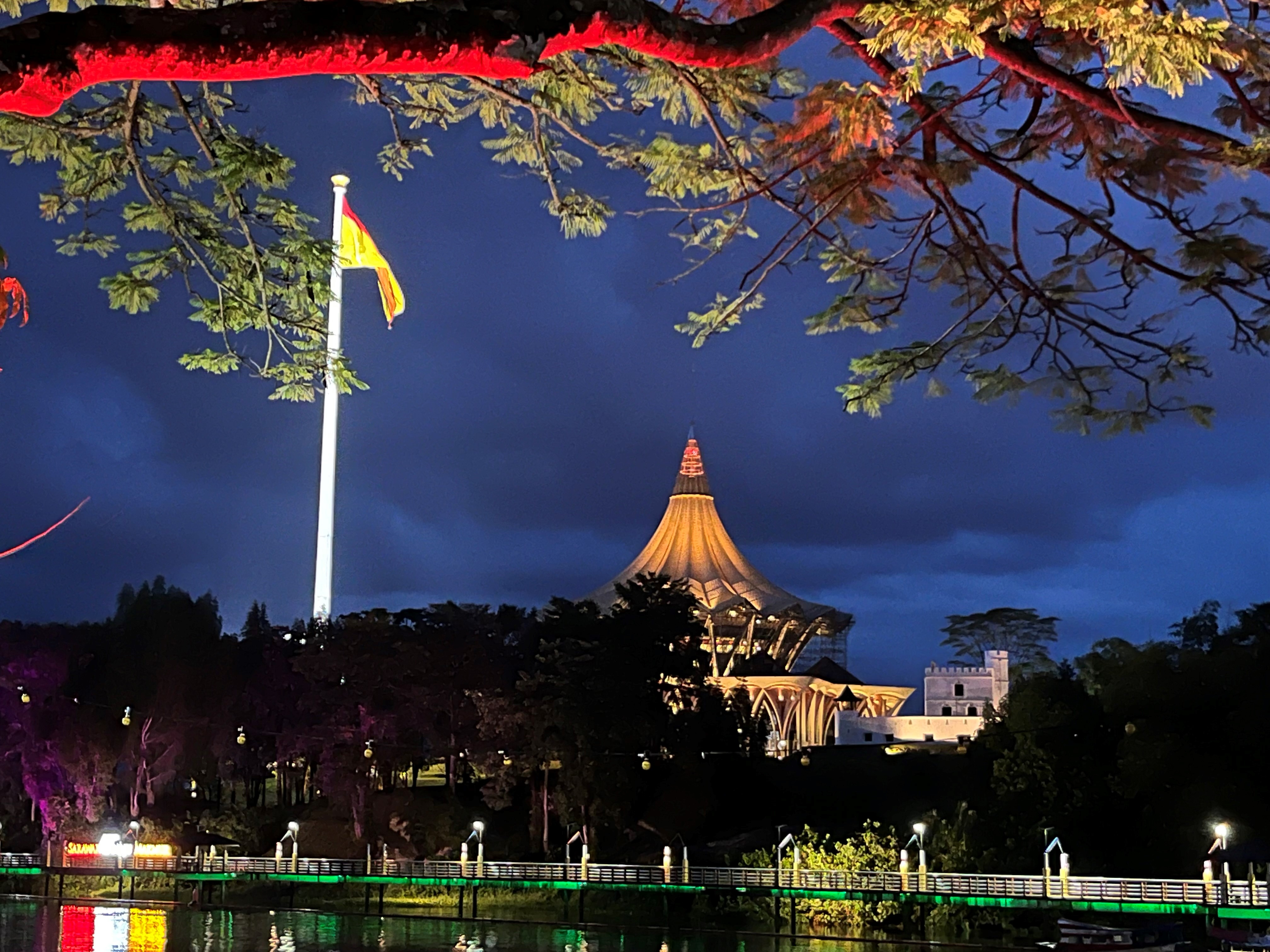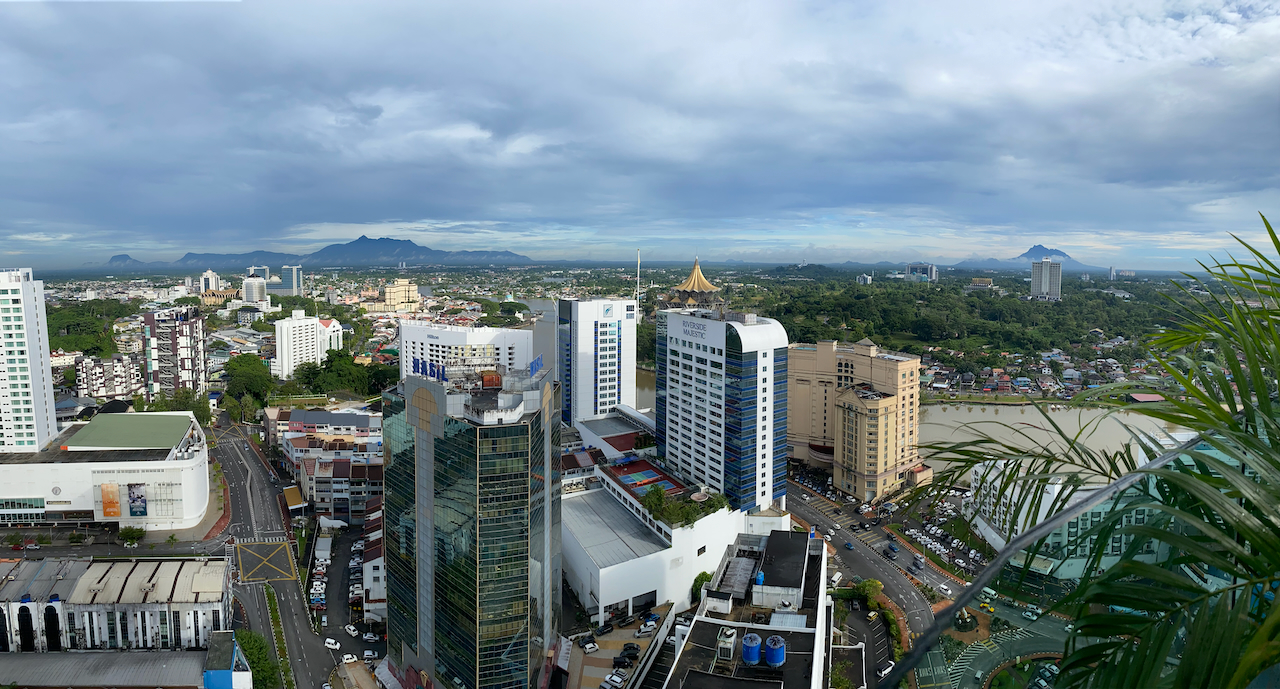ARMI scientists are delegates to the World Congress of Herpetology
The 10th World Congress of Herpetology was held in the city of Kuching, in Sarawak, Malaysia (northwest Borneo) August 5 – 9. ARMI scientists Brian Halstead, Blake Hossack, Pat Kleeman, and Erin Muths presented research papers. There were over 1400 delegates at the Congress, with > 900 contributed talks and 33 symposia.
Halstead and Muths organized a symposium targeted at graduate students (What Editors Want: A Guide to the Publication Process for Graduate Students) that included talks from 7 past and present editors, including Judit Voros, co-editor of Amphibia-Reptilia and Secretary General of the World Congress.
Hossack presented a talk co-authored by ARMI scientists Kelly Smalling and Brian Tornabene titled: “Energy-related secondary salinization of wetlands: Coordinated experiments and field surveys to identify mechanistic links with amphibian abundance”. This invited talk was included in the symposium titled: Haunting the seaside: Integrative biology of salt tolerance in amphibians.
Halstead presented a talk titled: “Effects of translocation and head-starting on giant gartersnake (Thamnophis gigas) behavior and survival”, co-authored by USGS scientist A. M. Nguyen and B. D. Todd (University of California, Davis). This invited talk was included in the symposium titled: Improving conservation and mitigation outcomes of snake translocations—global lessons.
Kleeman presented a contributed talk co-authored by Halstead and J.P. Rose (ARMI scientists), and collaborators from the Nevada Department of Wildlife, K. Guadalupe and M. West, titled: Initial demographic estimates for two species of narrowly endemic toads in central Nevada: Anaxyrus monfontanus and Anaxyrus nevadensis.
Muths’ presentation, co-authored by L. Bailey, A. Fueka, L. Roberts (Colorado State University) and B. Hardy (Chapman College), was in the symposium titled: Improving animal welfare. This invited talk was titled, “Methods in marking toads: PIT tagging versus photography”.
The World Congress is held every four years on different continents with the specific aim of facilitating attendance from herpetologists around the world especially those from developing countries. The first World Congress was held in Canterbury, Great Britain in 1989, with subsequent congresses in locations including China, Brazil, Australia, and Canada. ARMI hosted a symposium on amphibian decline in 2012 at the 7th World Congress in Vancouver.
Congress delegates in Kuching enjoyed multiple plenary talks with topics ranging from Bornean flora and fauna, to the Biogeography and Evolution of reptiles in the Arabian Peninsula, to Frog diversification in Old World tree frogs.



